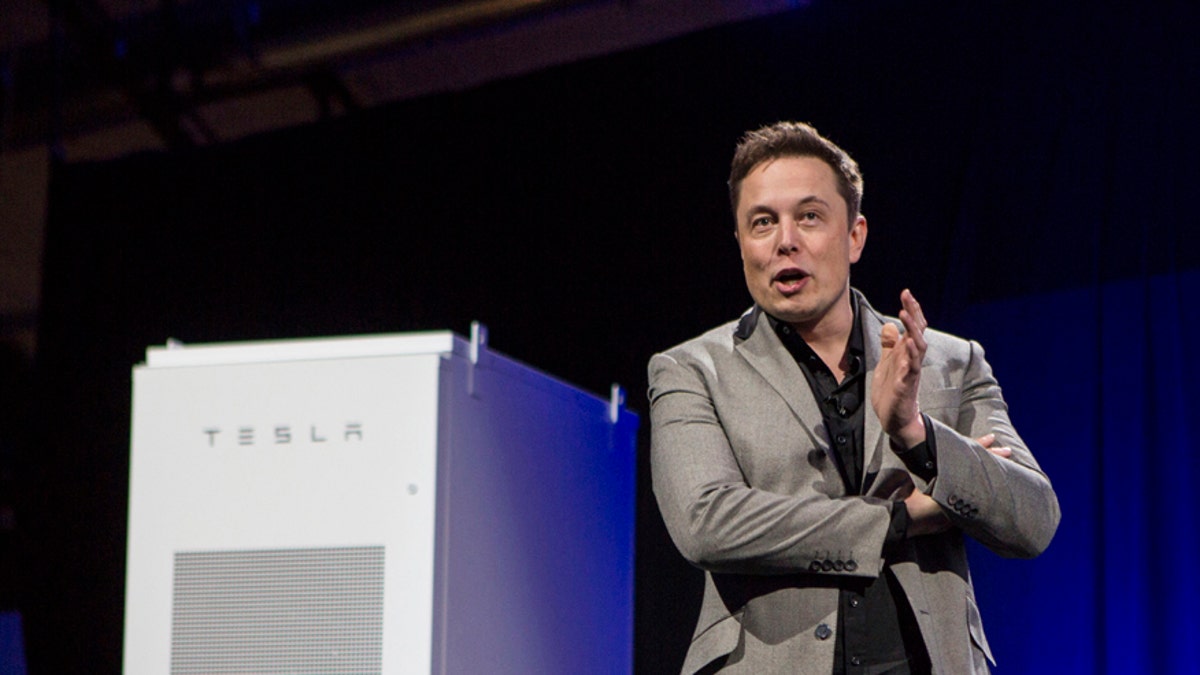
File photo - Elon Musk, CEO of Tesla Motors, unveils the company's newest product, Powerwall, in Hawthorne, Calif., Thursday, April. 30, 2015. (AP Photo/Ringo H.W. Chiu)
Tesla CEO Elon Musk said his company is doubling the power output of its new home battery system while it tries to settle some confusion about the use of the system.
Tesla is responding to criticism of its Powerwall home battery system after it was announced on April 30.
“We did get obviously a fair bit of feedback on the Powerwall. A lot of it was positive and some of it was not so positive. But we actually took some of the negative feedback to heart,” Musk said at the company’s annual shareholder’s meeting Tuesday.
Musk continued. “And I am very happy to announce that we’ve dramatically increased the power capability of the Powerwall…[so we’ve] basically more than doubled the power output of the Powerpack and the price is going to stay the same,” he said.
With that increased capacity, “you should, in a single 10 kilowatt hour pack with a peak power capability of 7 kilowatts, be able to [power] everything in your house except air conditioning on that circuit,” he said.
The Powerall 10 kWh UPS (Uninterruptable Power Supply) backup system starts at $3,500 plus about $500 for installation. However, Tesla is targeting customers that already have solar panels on their roof and an inverter (which converts direct current electricity from solar panels or a home battery into the alternating current used by your home’s lights, appliances and devices). Both of which add additional cost. “We’re going to prioritize delivery of the Powerwall to people that have an existing solar installation or are getting a solar installation because the solar installation comes with an…inverter,” Musk said.
SolarCity (where Musk is chairman) has spelled out more comprehensive installation options ranging from $5,000 to $7,140. One option is for the customer to prepay a nine-year battery backup service agreement for $5,000. The lease includes installation, warranty, the Powerwall, the hybrid solar/battery and the controls systems. Or a customer can purchase the same equipment and installation outright for $7,140.
Musk also addressed how Powerwall is applied for home use, which has caused “a bit of confusion,” he said. The UPS and “daily cycler” are two very separate applications of Powerwall, Musk explained. “The daily cycler is more about the economics or getting off the grid completely whereas the backup UPS is just there to show that your house has power if there is ever a power outage,” he said.
“In the U.S. the daily cycling application is going to be very limited,” he added, noting that it doesn’t make economic sense. “In the U.S. you’d really have to care a lot about renewable energy…you’d have to care about it more than the economics in order to do the daily cycler thing,” he said.
